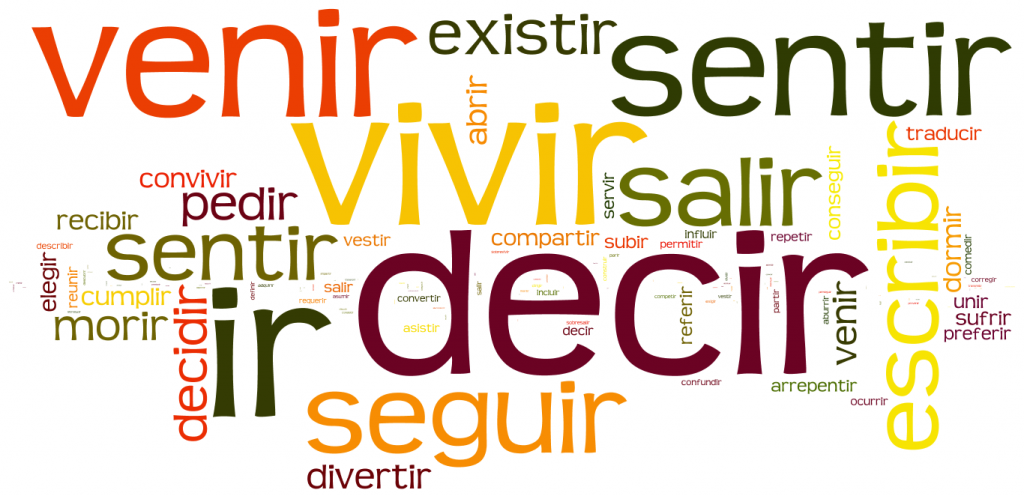| subir to go up | |
|---|---|
| yo subo | nosotros/as subimos |
| tú subes | |
| él/ella/usted sube | ellos/as/ustedes suben |
| past participle: subido |
|
Verbs with infinitives ending in –ir form a third group of regular verbs, often called third conjugation verbs. To form the present tense conjugations of these verbs, drop the –ir from the infinitive and add the third conjugation endings (-o, -es, -e, -imos, -en) to the resulting stem. The following example show the –ir verb abrir conjugated in the present tense.
Yo pienso que te abre más campos.I think it offers more opportunities to you.
